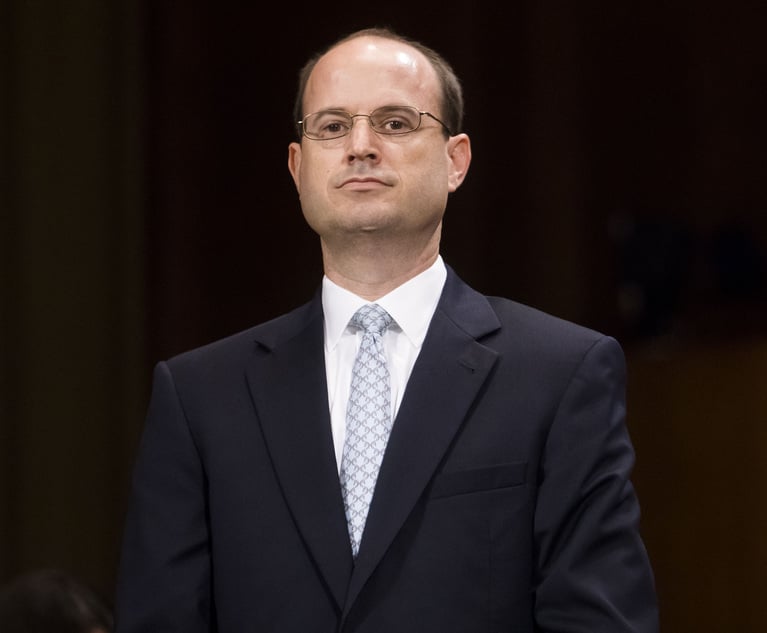As the cranes continue appearing across the Magic City skyline, so too do the amount of residential and commercial buildings that serve as canvas and gallery, documenting the popular “marriage” of the artist and the property developer. So, what happens when this marriage hits a rough patch and is headed for divorce? While both property developers and artists will usually share a desire to beautify a space, there often exists an inherent dichotomy of interests when it comes to building development and the resulting potential demolition of integrated artwork. The artist will seek to preserve the integrity and “recognized stature” of their work and the developer will most often look to maximize its financial potential.
In 1990, Congress amended the Copyright Act to include the Visual Artists Rights Act (VARA). With the passage of VARA, visual artists have a legal cause of action to protect their work from mutilation, misattribution, or destruction, collectively known as “moral rights.” VARA extends rights to artists to protect the destruction of artwork integrated into a building if the work is of “recognized stature,” meaning that the artwork must be both meritorious and recognized by members of the artistic community. Pursuant to VARA, the limitations placed on the developer’s ability to remove integrated artwork depends on how the work is installed and whether it can be removed without altering, mutilating or destroying the work. If safe removal is possible, then VARA directs the developer to make a diligent, good-faith effort to notify the artist of the intended removal. The artist has 90 days following notification to remove the artwork. If the artist fails to do so, only then can the developer proceed with removal but can never damage, alter or destroy the artwork in the process.


 Melissa Bernheim of AXS Law Group..
Melissa Bernheim of AXS Law Group..




